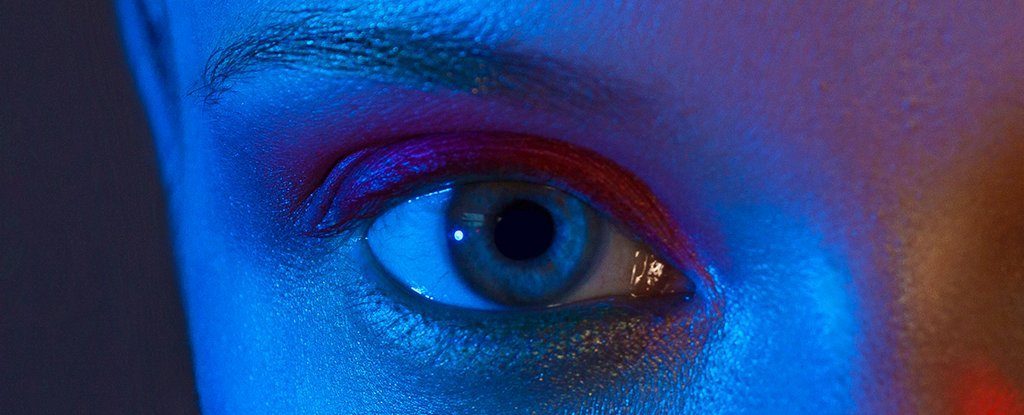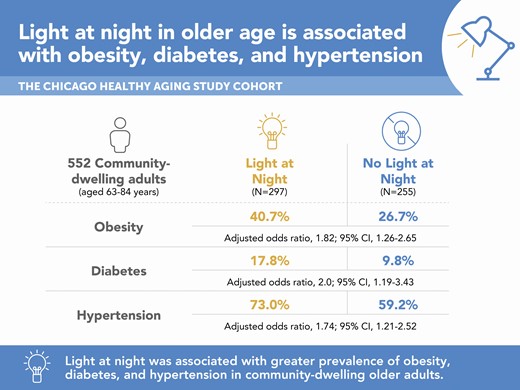
The Hidden Dangers of Blue Light: Protecting Our Eyes and Sleep
In today’s digital age, we are constantly surrounded by screens emitting blue light. From smartphones and tablets to laptops and LED lights, our exposure to this high-energy visible light has increased exponentially.
While blue light plays a crucial role in regulating our sleep-wake cycle and boosting our mood during the day, excessive and prolonged exposure has harmful effects on our eyes, circadian rhythm, and overall well-being.
It’s time to shed light on the dangers of blue light and take proactive steps to protect ourselves.
Eye Strain and Digital Eye Fatigue:
Extended screen time can lead to eye strain and digital eye fatigue, commonly known as computer vision syndrome.
Neurosurgeon Dr. Jack Kruse states:
“When visual blur occurs due to blue light exposure it elongates the eye to cause myopia and leads to cataracts, macular degeneration, and aging. This happens due to damaged mitochondria in the central retinal pathways lowering autocrine production of melatonin due to melanopsin destruction”.
Blue light emitted by screens causes constant strain and can result in dry eyes, blurred vision, headaches, and even neck and shoulder pain. Prolonged exposure to blue light also contributes to the development of age-related macular degeneration (AMD), a leading cause of vision loss.
Disrupted Sleep Patterns:
Blue light exposure in the evening can disrupt our natural sleep patterns. The blue light emitted by electronic devices suppresses the secretion of melatonin, a hormone that regulates sleep. This interference can lead to difficulty falling asleep, poor sleep quality, and daytime drowsiness. Chronic sleep deprivation not only affects our productivity and cognitive function but also increases the risk of various health issues, including obesity, diabetes, and cardiovascular diseases.

Source: https://academic.oup.com/sleep/article/46/3/zsac130/6608953?login=false
Increased Risk of Eye Diseases:
Studies suggest that long-term exposure to blue light may contribute to the development of certain eye conditions. Research has linked blue light to an increased risk of cataracts, a clouding of the eye’s lens that can lead to vision impairment. Additionally, blue light exposure has been associated with the progression of AMD, which damages the central part of the retina responsible for sharp, detailed vision.
Protecting Ourselves:
Fortunately, there are several measures we can take to minimize the harmful effects of blue light:
1. Limit Screen Time:
Reduce the time spent in front of screens, especially before bedtime. Take regular breaks and practice the 20-20-20 rule: every 20 minutes, look at something 20 feet away for 20 seconds to give your eyes a break. If possible, work outside or open a window to allow the natural light to enter your workspace.
2 Use Blue Light Filters:
Install blue light filters or use screen protectors that block or reduce blue light emissions. Many devices now offer built-in settings to adjust the color temperature and reduce blue light. Iris software is a great choice. https://iristech.co/
3. Wear Blue Light Blocking Glasses:
Specialized glasses with blue light filters can help reduce the amount of blue light reaching your eyes. These glasses are particularly beneficial for those who spend long hours in front of screens.
4. Optimize Lighting:
Use warm, dim lighting in the evening to signal your body to prepare for sleep. Avoid using electronic devices in a dark room, as the contrast between the bright screen and the surrounding darkness can strain your eyes.
5. Replace LED and Fluorescent lights with incandescent light bulbs.
Consider using a red-light panel for ambient light at night.
While blue light has its benefits, excessive exposure can have detrimental effects on our eyes and sleep patterns. By being mindful of our screen time, using blue light filters, and taking proactive steps to protect our eyes, we can minimize the potential harm caused by blue light. Prioritizing our eye health and sleep hygiene will not only improve our overall well-being but also ensure a brighter and healthier future.



